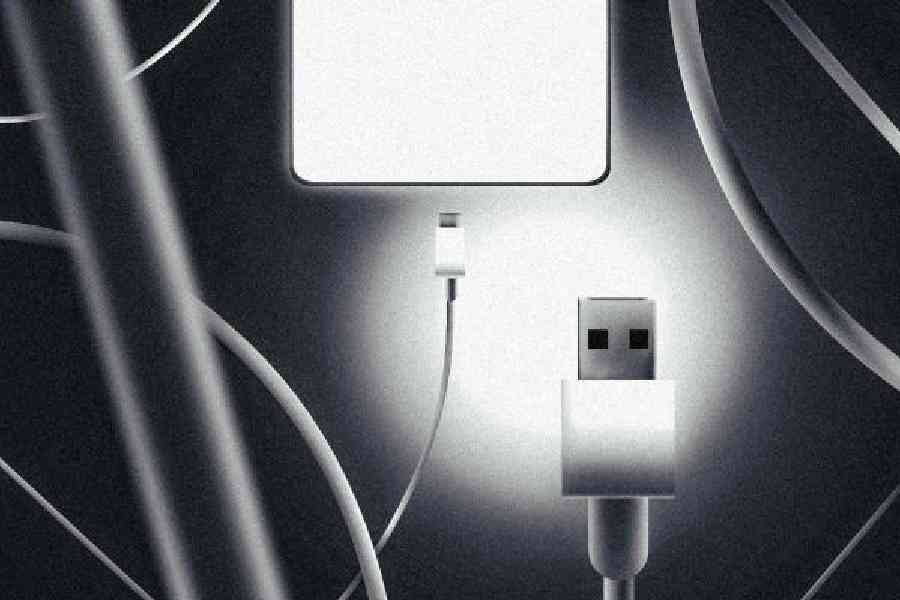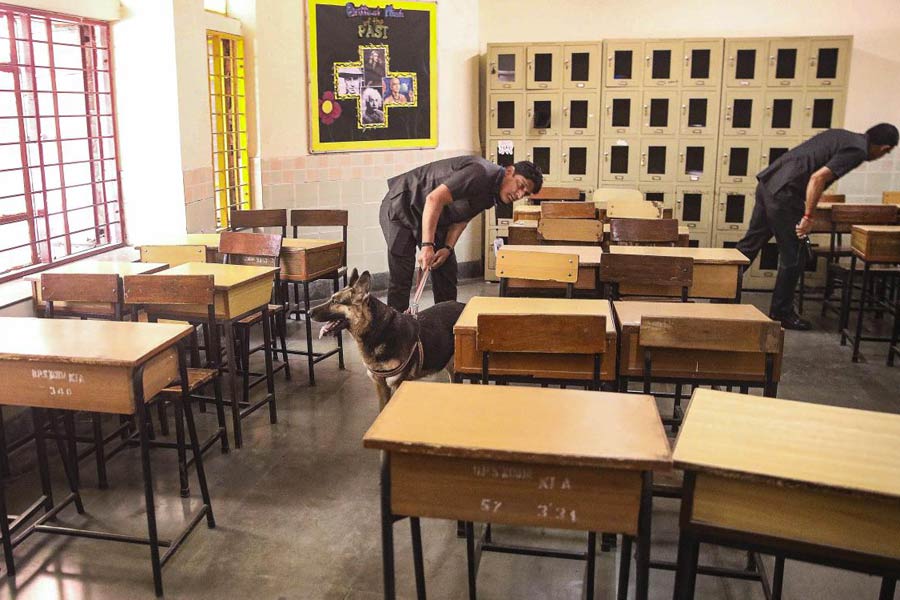The iPhone 15 has arrived with a big change that is sure to annoy many. Allow me to unpack that. To comply with EU regulations, this one will abandon the Lightning connector that has been the method for charging iPhones for 11 years. In its place will be a different oval-shaped connector: USB-C.
When people buy their next iPhones, they will no longer be able to plug in all the Lightning accessories they have — charging cables, speaker docks and earbuds. They will have to replace those with new products that use USB-C connectors to plug into the new iPhones.
In 2012, Apple killed the relatively bulky 30-pin connector on iPhones to switch to Lightning, which rendered many speakers and chargers obsolete.
What’s different this time is that most of us already have a USB-C cable. Modern headphones, game consoles and many laptops, including Apple’s MacBooks, long ago adopted USB-C as a standard charging port. The iPhone was one of the holdouts.
Why is this happening now? Last year, the EU announced a mandate requiring all smartphone makers to adopt USB-C as a common charging connector by 2024. In theory, this will allow consumers to buy fewer power cables, which could cut down on environmental waste.
But new dangers lie ahead — including the ability to destroy your phone with the wrong USB-C wire, experts say. It’s more important than ever to be judicious about what you buy. “Charger damage is a real thing,” said Jessa Jones, owner of iPad Rehab, a mobile phone and tablet repair shop.
Not all are created equal
High-quality chargers are essentially electronics with tiny circuit boards inside them. On Apple’s official Lightning cable, there are two chips: one authenticates the cable is made by Apple; the other acts as a fuse that isolates charger damage. In the event of a power fluctuation, only the charger would be destroyed and not the phone itself, Jones said.
The problem with USB-C cables is that while they usually look the same, the cheaper, low-quality cords offer no such protection for your device. They may have the correct oval connector, but inside, they lack chips to protect.
So if you need a USB-C cable, don’t grab any cheap wire, like the $5 ones you’ll see at a gas station kiosk. Invest in a durable cable from a reputable company. Brands such as Anker, Belkin and Amazon Basics are well known for their high-quality power cables that cost roughly $9 to $30. Buy the cables from trusted retailers or directly from the brands themselves.
Careful what you plug into
Many USB-C cables lack chips to restrict the current. So if you plug it into a source that charges at a higher voltage than your phone accepts, you could electrocute your phone, Jones said.
The lesson here is to be careful about what you plug your cord into. Those USB ports embedded into airplane back seats, hotel room walls or car consoles are a big no-no because it’s unclear what their charging rates are. It’s safest to only plug your USB-C cable into a high-quality charging brick that protects your phone.
There’s always wireless
For iPhone owners who aren’t planning on upgrading right away but need new chargers, the most cost-effective alternative to buying another Lightning cable is to go wireless. The EU mandate applies only to wires that plug directly into devices — not wireless charging devices that replenish your phone via magnetic induction, such as Apple’s puck-shaped MagSafe, which magnetises to the back of your phone, or wireless charging pads and stands from brands such as Mophie, Anker and Belkin.
As long as you own a robust cable and a nice charging brick, you will probably be happy with this transition. The USB-C charging standard is faster at transferring data than Lightning, and there may even be some cool perks, like the ability to plug your phone directly into an external display to look at photos.
When you’re travelling or commuting, you will no longer have to carry a jungle of wires, and if you leave your cable at home, chances are you’ll be near someone who is carrying the same one.
NYTNS










